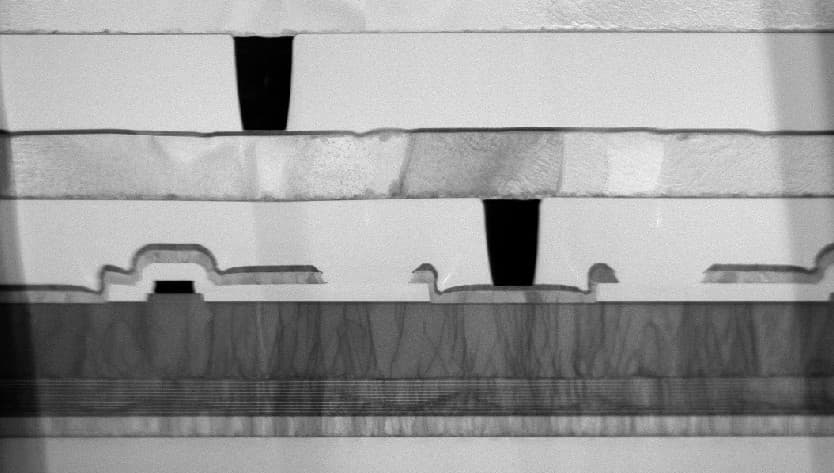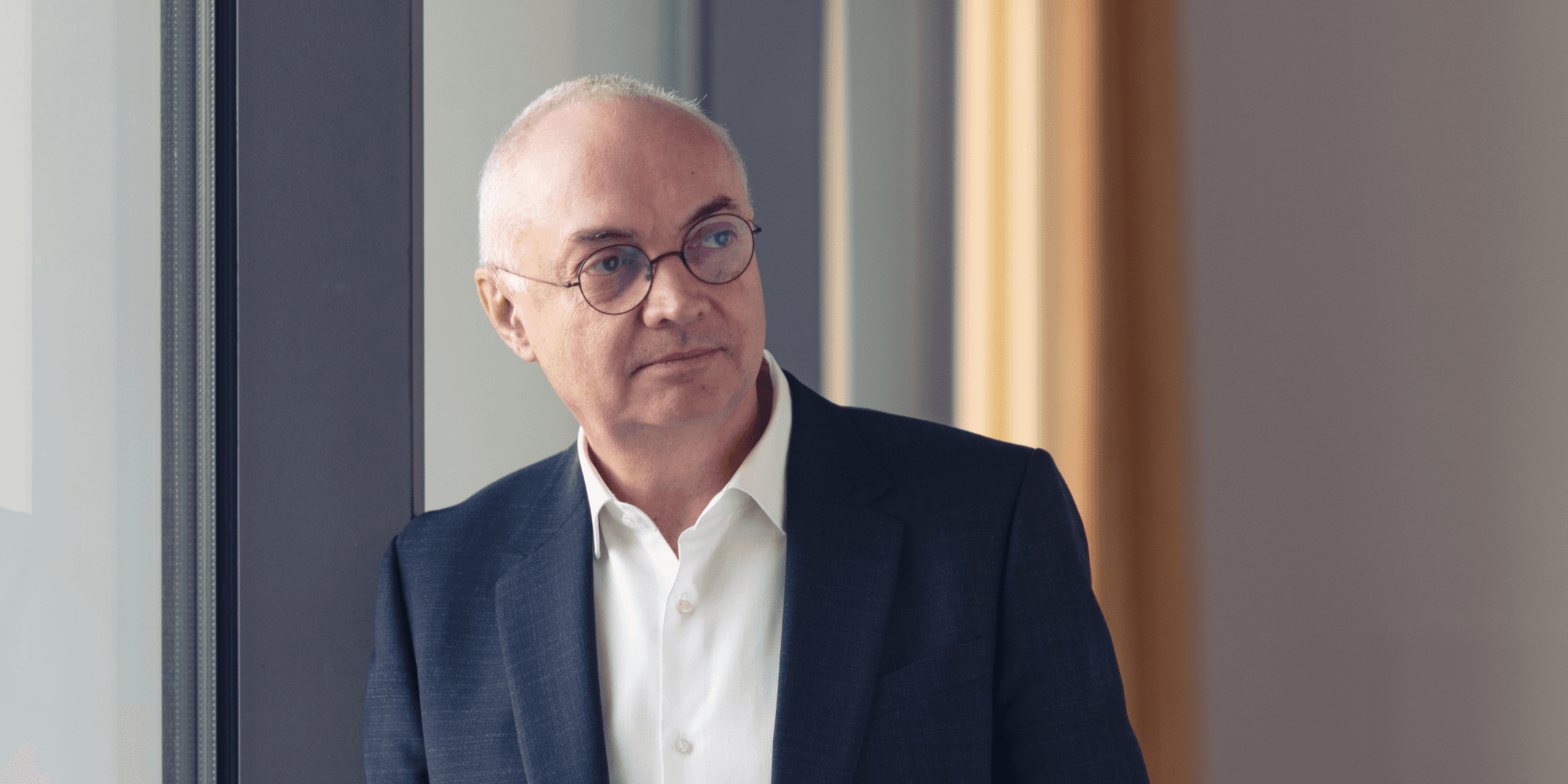Intro
Every second somewhere in Europe an older person falls. Falling does not only cause physical injuries like bruises, a broken hip or a concussion, but also affects people’s mental health. After falling, older people generally feel very vulnerable: they are afraid to fall again and are thus tempted to move less and to stay indoors, which might lead to social isolation. At the moment, there is a lot of research on fall detection, but little attention is paid to fall prevention. The Fall Risk Scale attempts to change this. This technology – which can be integrated into a regular bathroom scale – calculates someone’s potential fall risk in less than a minute.
Prevention is better than cure
Falling comes at a cost. The medical care and potential hospitalization after a fall incident generally amount to about 1000 euros per person. Additionally, falling also affects people’s self-esteem and for many older people a fall incident is the first step towards a nursing home. Figures from the Center for Fall and Fracture Prevention in Flanders also indicate that one in three falls could have been prevented if certain simple measures had been taken in advance (using a walking frame, removing carpets that are not anchored to the floor, buying a new pair of glasses, etc.).
Ironically, fall prevention now usually only happens after someone is hospitalized due to a fall incident.
The medical staff then estimates the potential fall risk to determine whether or not the patient can return home and which other measures need to be taken. At the moment, they usually do this based on the so-called ‘get-up-and-go’ test. In this test, the patient has to get up from a chair, walk 3 meters, turn and walk back to the chair as quickly as possible. Based on this observation, the doctor then determines the patient’s potential fall risk. Another option is to analyze the patient’s gait in a special lab using sensors and cameras. The disadvantage of both these methods is that they require a doctor, physiotherapist and/or specialized high-tech equipment. For this reason, fall risk is generally not estimated preventatively.
There are a number of systems on the market today that focus on fall detection. Some of these systems also analyze people’s gait to estimate their potential fall risk, but these solutions are generally rather expensive and require several cameras and sensors to be installed in the home environment.
2-in-1: a bathroom scale that also determines your fall risk
At first sight, the Fall Risk Scale looks just like any other bathroom scale, but four pressure sensors are built into the device. These sensors determine your center of gravity and follow it for about 40 seconds. Using an advanced algorithm, it thus calculates your potential fall risk. The result is shown in a color code: green means no fall risk, yellow indicates an increased fall risk and red means that preventative measures should be taken as soon as possible. In the prototype, this feedback is shown in a smartphone app, but in the commercial version the plan is to show this feedback on the scale’s display.
What’s impressive about the Fall Risk Scale technology is its simplicity. The technology can be added to a regular scale at only a moderate extra cost. Almost everybody owns a bathroom scale and most people already use it on a weekly basis.
Because no medical assistance or specialized equipment is required, the technology is very accessible and user-friendly, which is very important with this target group.
The Fall Risk Scale is the first fall prevention technology that has been clinically tested. This was done in cooperation with the Center for Fall and Fracture Prevention in Leuven (Flanders). At the beginning of the experiment, 111 people were analyzed by the scale and then monitored for the next 6 months. Approximately 50 participants fell during this period. Ninety-two percent of them had been given the correct ‘high risk’ label when they stepped on the Fall Risk Scale
From idea to commercial product
Greet Baldewijns always knew that she wanted to use her knowledge as an industrial engineer to make a meaningful contribution to people’s quality of life. That’s why she ended up doing a PhD under the supervision of Prof. Bart Vanrumste (imec – KU Leuven STADIUS). He was already doing a lot of research on elderly care and fall detection. The STADIUS research group uses innovative technology and mathematical solutions / algorithms to tackle societal issues and problems. With this mission in mind, they are also active in the biomedical sector.
At the beginning of 2016, Greet Baldewijns participated in imec’s Opportunity Recognition Workshop (ORW), a three-day workshop for PhD students and scientific researchers that aims to bridge the gap between academic research and the industry. The workshops stimulate participants to look at their research from an entrepreneurial point of view. During these workshops, it became clear that the Fall Risk Scale technology also offered commercial opportunities. Consequently, Greet Baldewijns was chosen as one of the first participants of imec’s 101 program, which provides coaching and support to researchers who developed technology with commercial potential. For twelve weeks, she received personal coaching one day a week. At the end of this period, the concept for the Fall Risk Scale been decided: the underlying algorithm would be integrated into a bathroom scale.
Because the technology will be built into a familiar device, it will be easier to convince the older target group to use it. Extended market research is still ongoing, but a small survey with about thirty participants, including both elderly people and their caregivers, suggests that the caregivers will probably be the primary buyers of the device. Although the majority of the older participants indicated that they do not feel the need for this technology yet, their caregivers often were interested in the concept. They believe it would give them an objective argument to convince the elderly person that they need to see a doctor or that they should make changes to their home environment. All participating caregivers in this survey were willing to pay an extra 20 euros for a bathroom scale with integrated Fall Risk Scale technology.
Dreaming of the future: from clinical trials to ballerinas
The algorithm that’s at the heart of the Fall Risk Scale now focuses on calculating elderly people’s fall risk. But – with some changes to the machine learning model and additional validation steps – the technology can also be used in a lot of other contexts, in the healthcare sector and beyond. For instance, the device could be used in clinical trials to detect potential balance disorders caused by medication. An adapted Fall Risk Scale could also be used to follow up on patients suffering from certain medical conditions that are associated with a higher fall risk (e.g. patients who have had a stroke, patients with acquired brain damage, or patients with chronic pain). But the technology also has the potential to be used the other way around: not to detect balance disorders, but to track enhanced balance. This could, for instance, be useful for ballerinas or gymnasts to measure the effect of balance exercises.
Looking for partners
The Fall Risk Scale prototype has been finalized. At the moment, there is still an ongoing imec.livinglabs-research to further explore the market. There are several strategies that can be used to launch the technology. For instance, the device could be offered to doctors, in healthcare supplies stores, in pharmacies, etc. We’re currently looking for companies that already produce high-end bathroom scales and are interested in licensing the Fall Risk Scale technology to further enhance their product.
Further research - you can participate!
In the next research steps for this project imec.livinglabs is involving the end user. Together we'll be discovering and designing the various opportunities for this product. Everyone who is over the age of 70 can register to participate. People who are closely connected to anyone in this age category (parents, partner, good friend or neighbour ...) are also invited to sign up. Please note that knowledge of the Flemish language is required for these steps. Follow this link for further information or for registration.
Want to know more?
- This paper provides more information on imec’s 101 program. This program helped Greet Baldewijns to develop the commercial potential of the Fall Risk Scale.

Greet Baldewijns obtained a Bachelor in Computer Science in 2003. She then worked as a teacher at the Instituut SanctaMaria in Aarschot for seven years before deciding to continue her studies at the Katholieke Hogeschool Kempen, where she obtained a Master’s in Industrial Engineering (Electronics-ICT). She then started a PhD at the imec – KU Leuven research group Stadius and the KU Leuven research group AdviSE.
Published on:
27 September 2017














